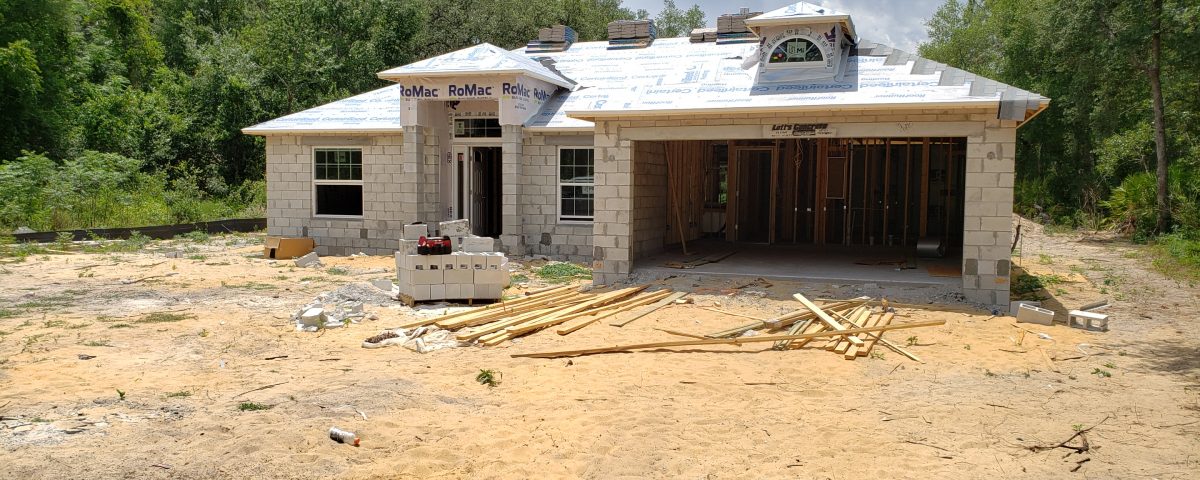
Exploring Affordable Homes in Florida: Key Features for Smart Buyers
August 27, 2024When shopping for a home in Florida, it’s essential to consider not just the aesthetics and location, but also the “Home Inspection Tips: How to Pick Construction Types That Lower Your Insurance Rates in Florida”construction features that can significantly impact your homeowner’s insurance rates. Here are some key factors to keep in mind to ensure you select a home that keeps your insurance costs manageable.
1. Block Walls
Homes constructed with block walls are a solid choice for Floridian buyers. Block walls are known for their durability and resistance to harsh weather conditions, including hurricanes. This type of construction is less likely to suffer extensive damage, making it a preferred option for insurance companies, which in turn can lead to lower premiums.
2. Hip Shape Roofs
The shape of your roof plays a crucial role in determining your insurance rates. Homes with hip shape roofs are considered more wind-resistant compared to other roof types. A hip roof has slopes on all four sides, which reduces wind uplift during storms and hurricanes. This increased stability and resilience often translate to lower insurance costs.
3. Roof Covering Age
The age of your roof covering is another critical factor. Insurance companies favor homes with newer roofs, ideally no older than seven years. A new roof not only provides better protection against the elements but also indicates that the homeowner has been diligent about maintenance. If the roof on your potential new home is approaching or exceeds this age, consider negotiating for a replacement before finalizing the purchase.
4. Water Heater Age
Water heaters may not be the first thing that comes to mind when considering insurance rates, but they play a significant role. Older water heaters, especially those over ten years old, are more prone to leaks and failures, leading to water damage claims. Opting for a home with a newer water heater can reduce this risk and potentially lower your insurance premiums.
5. Avoid Homes Built Before 2002
Building codes and construction standards have evolved over the years, particularly in response to Florida’s unique weather challenges. Homes built before 2002 may not adhere to the more stringent building codes established after Hurricane Andrew. These older homes may lack important structural reinforcements, making them more vulnerable during storms and more expensive to insure.
6. Beware of Homes Built in 2006 (Chinese Drywall Period)
Homes constructed around 2006 should be approached with caution due to the prevalence of Chinese drywall used during that period. This material has been linked to numerous issues, including corrosion of electrical wiring and health problems. Identifying and addressing these issues can be costly, and homes with Chinese drywall might face higher insurance rates or difficulty obtaining coverage.
Final Thoughts
Selecting the right construction type can have a significant impact on your homeowner’s insurance rates in Florida. By focusing on homes with block walls, hip shape roofs, newer roof coverings and water heaters, and those built after 2002 while avoiding those from the Chinese drywall period, you can make a smart investment that keeps your insurance premiums manageable. Always consider a thorough home inspection to ensure the property meets these criteria, giving you peace of mind and financial benefits in the long run.
If you have any questions or need further assistance in finding the perfect home, feel free to reach out to our experienced team at 20/20 Property Inspections. We’re here to help you make informed decisions and find a home that not only meets your needs but also offers the best value in terms of insurance costs.

